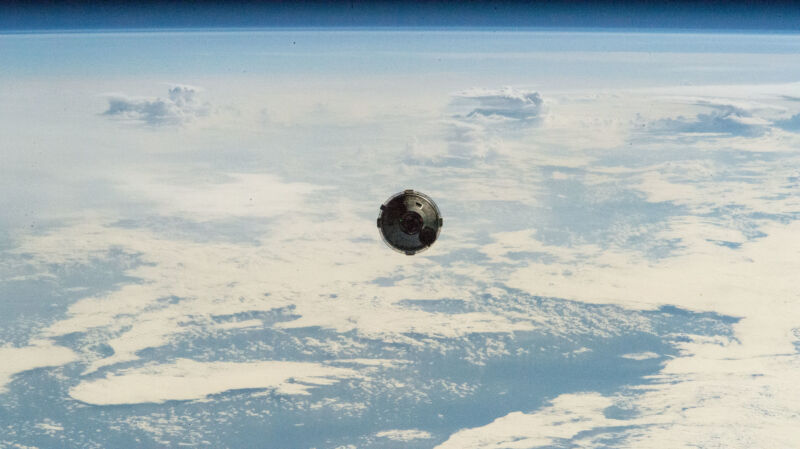
Before Boeing's Starliner crew capsule is allowed to leave the International Space Station and head back to Earth, NASA managers want to make sure the spacecraft's troubled control engines can guide the two-person crew home.
The two astronauts who flew the Starliner spacecraft’s first test flight on June 5 agree with managers, but said Wednesday they have no problem sending the capsule back to Earth if an emergency occurs that requires evacuating the space station.
NASA astronauts Butch Wilmore and Suni Williams were originally scheduled to return to Earth weeks ago, but managers are keeping them on the space station while engineers investigate thruster problems and helium leaks that have plagued the mission since launch.
“This is a tough business that we're in,” Wilmore, the Starliner commander, told reporters Wednesday during a news conference from the space station. “Human spaceflight is not easy in any regime, and there have been multiple problems with every spacecraft that's ever been designed, and that's the nature of what we do.”
Five of the 28 reaction control system thrusters on Starliner's service module went offline as the spacecraft approached the space station last month. Starliner's flight software disabled the five control jets when they overheated and lost thrust. Four of the thrusters were later recovered, though some were unable to reach their full power levels when Starliner came in for docking.
Wilmore, who took manual control for part of Starliner's approach to the space station, said he could feel the spacecraft's handling diminish as its thrusters temporarily failed. “You could tell it was degraded, but it was still impressive,” he said. Starliner eventually docked with the station in autopilot mode.
In mid-June, the Starliner astronauts restarted the thrusters and their thrust levels were now closer to normal.
“What we want to know is that the thrusters can perform; whatever their percentage of thrust, we can put it in a package that will give us a deorbit burn,” said Williams, a NASA astronaut who serves as Starliner's pilot. “That's the main goal that we need [for] the service module: to give us a good deorbit burn so we can come back.”
These small thrusters aren’t needed for the deorbit burn itself, which will use a different set of engines to slow Starliner enough to deorbit and head for landing. But Starliner will need enough of the control jets to maneuver into the proper orientation for the deorbit firing.
The test flight will mark the first time astronauts have flown into space aboard Boeing's Starliner spacecraft, after years of delays and setbacks. Starliner is NASA's second human-rated commercial crew capsule and is set to join SpaceX's Crew Dragon in a rotation of missions ferrying astronauts to and from the space station throughout the rest of the decade.
But first, Boeing and NASA must safely complete the Starliner test flight and resolve the thrust and helium leak issues plaguing the spacecraft before they can move forward with operational crew rotation missions. A Crew Dragon spacecraft is currently docked at the space station, but Steve Stich, NASA's commercial crew program manager, told reporters Wednesday that Wilmore and Williams are still planning to come home on the Starliner at this point.
“The beauty of the commercial crew program is that we have two vehicles, two different systems, that we can use to send the crew back,” Stich said. “So we have a little bit more time to go through the data and then make a decision whether we need to do something different. But the best option today is to send Butch and Suni back to Starliner. At this point, we don't see any reason why that wouldn't be the case.”
Mark Nappi, Boeing's Starliner program manager, said officials have identified more than 30 actions to investigate five “minor” helium leaks and the thruster problems on Starliner's service module. “All of these items should be completed by the end of next week,” Nappi said.
“It's a test flight and the first with a crew. We want to make sure we understand everything before we go into space,” Stich said.

